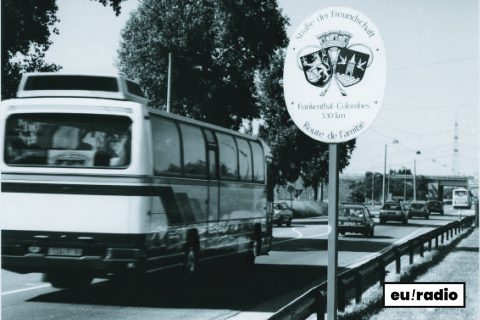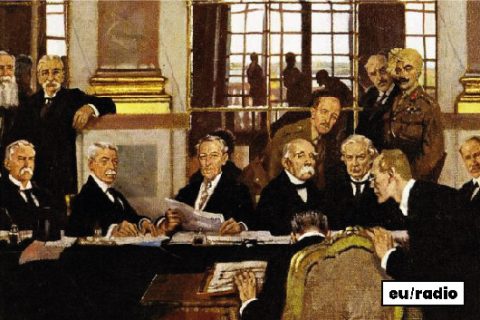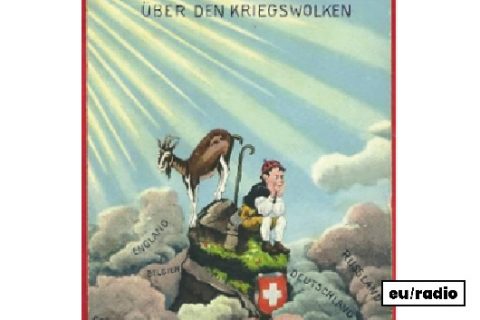EUROPE IN A SOUNDBITE, Town twinning, between cooperation, rapprochement and reconciliation
In 2016, there were approximately 20,000 town twinnings in Europe. This practice developed on the continent on a massive scale from the late 1950s onwards, initially in Western Europe, and later in Eastern Europe as well as between towns belonging to rival blocks in the Cold War. Their origin, however, goes back to the early twentieth century, and their history helps explore the tensions between diplomacy “from below” and state control. Town twinnings are important tools for cooperation, socio-cultural and economic exchange, as well as drivers of solidarity. During the first half of the twentieth century, these solidarities were sometimes aggressive, but during the post-war period town twinnings largely became spaces and symbols for processes of rapprochement.
Réalisé par Simon Perego à partir de la notice EHNE de Corine Defrance et Tanja Herrmann, Jumelages entre coopération, rapprochement et réconciliation
Traduction en anglais, conception et enregistrement: Euradionantes

















